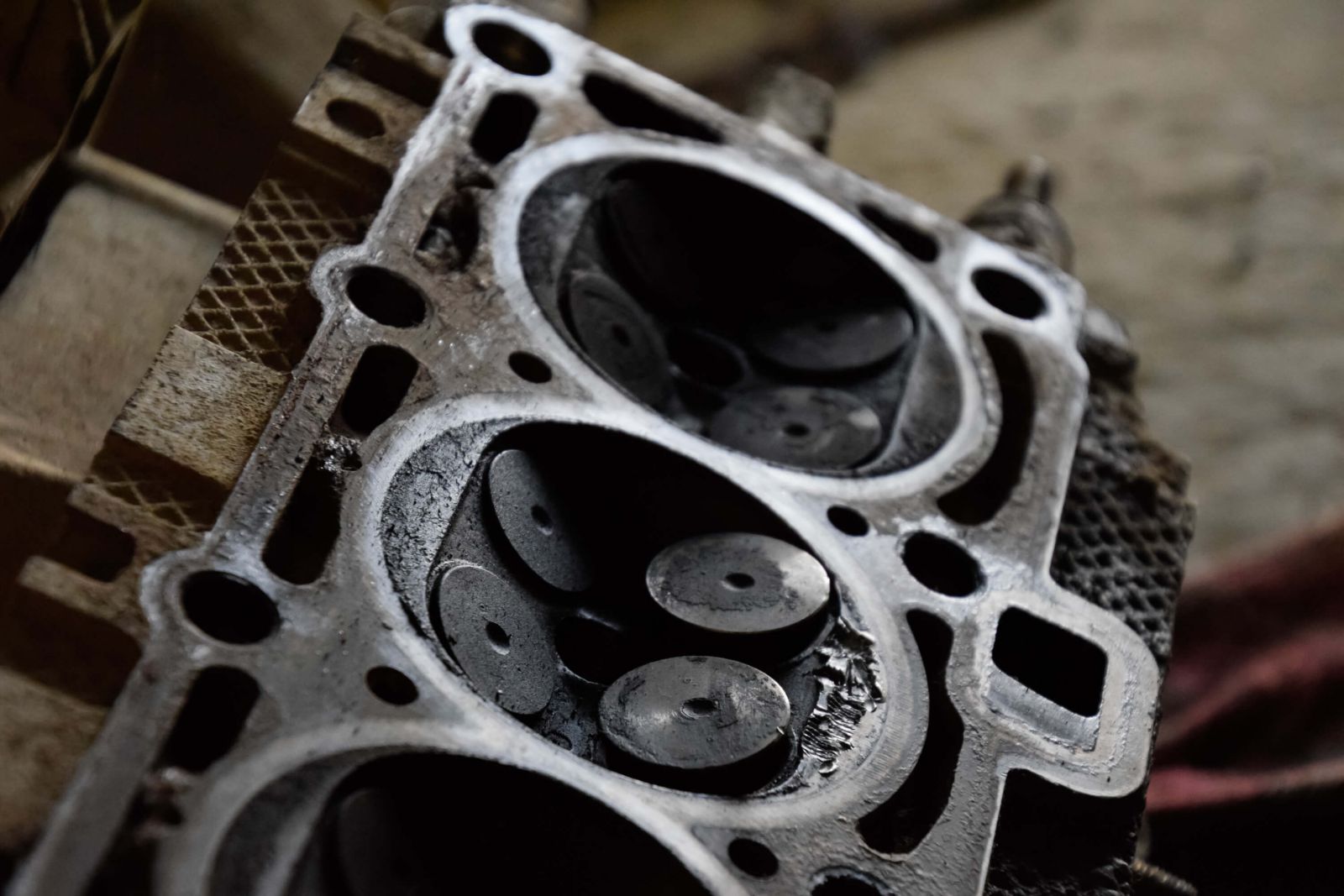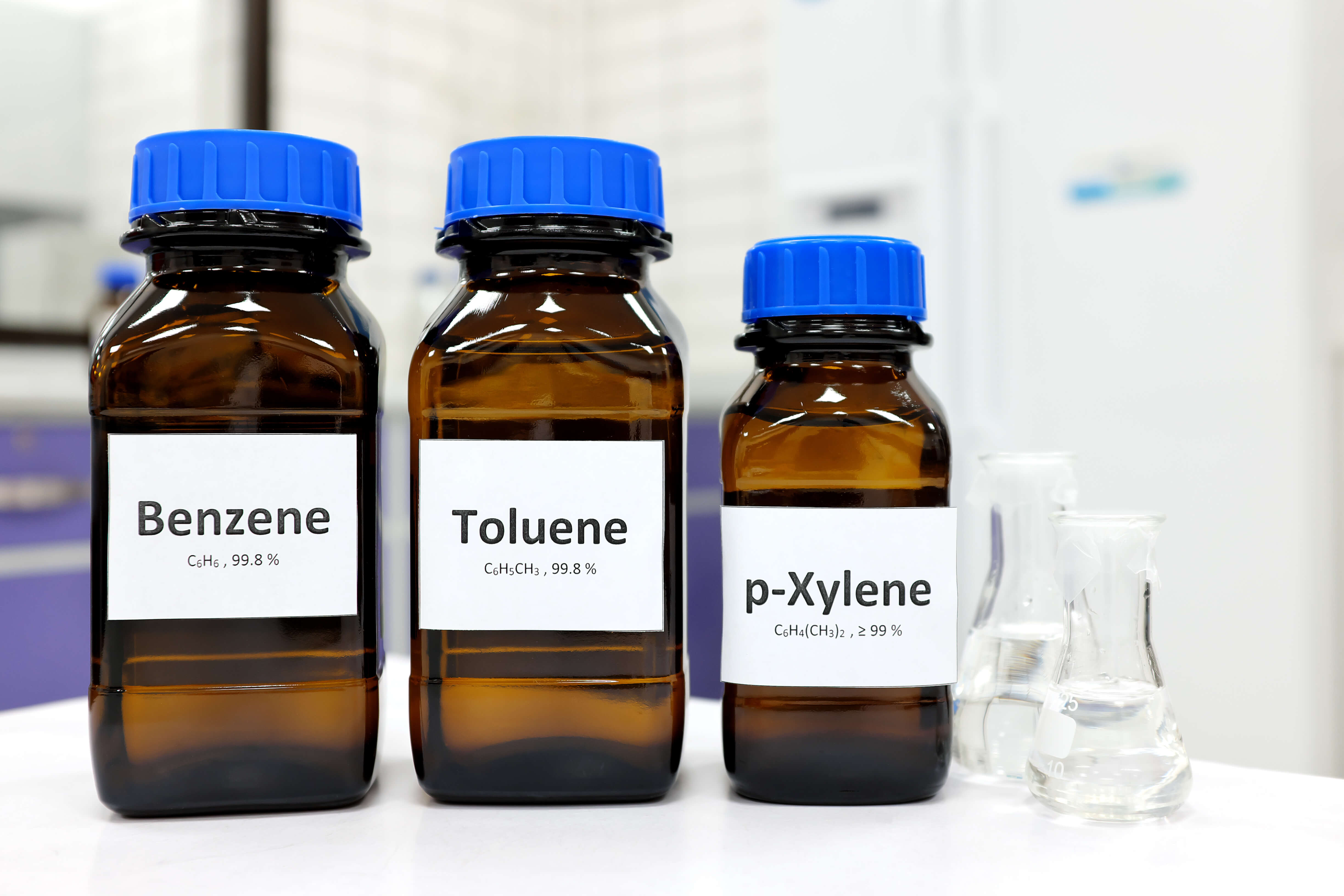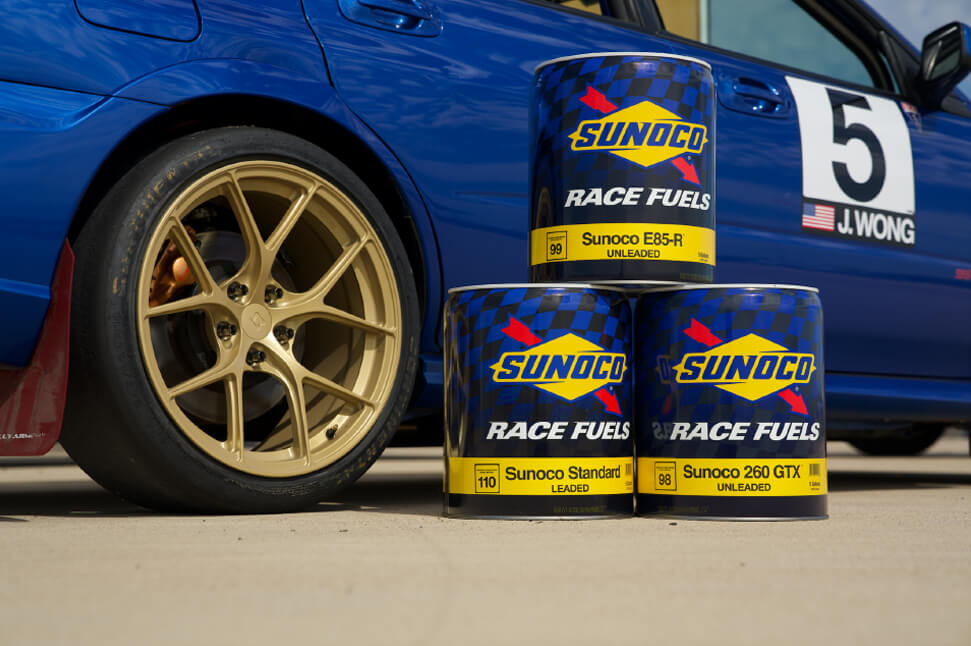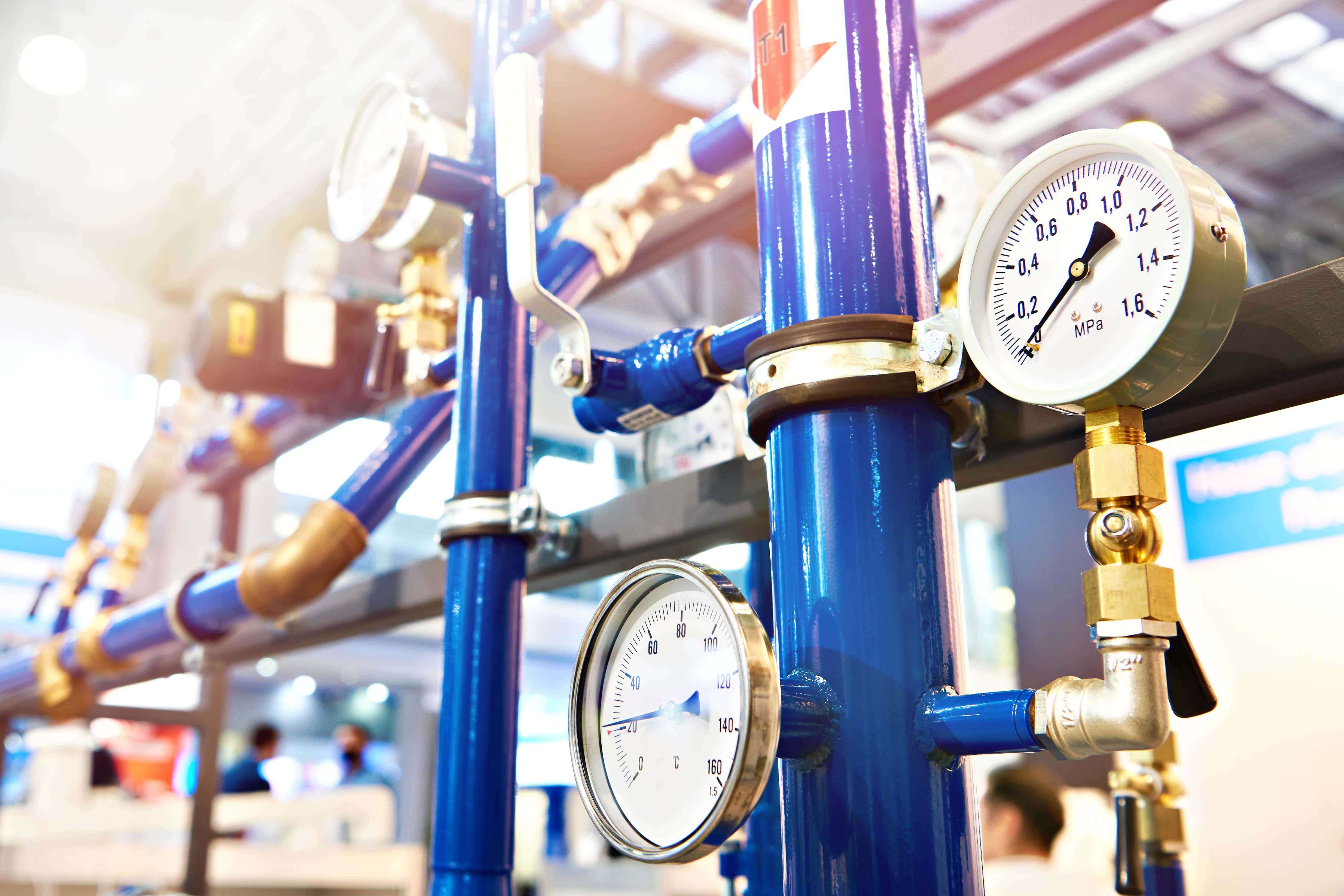Performance Fuels

How to Keep Carbon Deposits out of Your Engine
- Category:
- Fuel Facts
by Classic Motorsports
Posted on 11/12/2024

Given a choice, most people would rather not have carbon deposits inside their engine. Just picture what that gunk is doing to the engine’s performance. But what exactly causes those deposits? And, more importantly, how do you keep them at bay?
How Deposits Form: “Fuel can leave deposits, and oil can also leave deposits,” explains Zachary J. Santner, senior specialist of quality at Sunoco. But your car runs on gasoline, not oil, right? To help combat pollution, since the 1960s, crankcase ventilation systems have directed blowby–the oily and gasoline-filled vapors found inside the engine–back into the combustion chamber. “Rather than letting that oily air leave the engine,” he explains, “you burn it.”
Both oil and gasoline contain hydrocarbons, and when heated to high temperatures but not combusted, they form carbon-like deposits via the coking process. For a visual, Santner says, picture the carbon buildup found on the bottom of a frying pan.
Another Cause: Incomplete combustion–possible due to an inefficient tune–can also leave carbon deposits inside the combustion chamber.
And one more: The dissolved gums and varnish found suspended in the fuel can also form carbon deposits. Gum is a natural byproduct of the refining process, and a certain amount is allowed in the final product.
How to Make Deposits Go Away: Other than disassembling the engine and sending the parts through the parts washer, how to keep these deposits at bay? “Fuel is a really good solvent,” Santner says, “and they put in additives to make it even better.” Those additives include detergents that help prevent deposits while reducing those already allowed to form. From a AAA study comparing Top Tier fuels to those not made to that standard: After 100 hours on a dyno–enough to simulate 4000 real-world miles–the non-Top Tier gasolines left 19 times more carbon inside the engine.
How can you tell if a fuel contains suitable detergents? Santner recommends looking for one carrying the Top Tier designation – and, he notes, all of Sunoco’s fuels are on that list, from regular up through premium grades.




